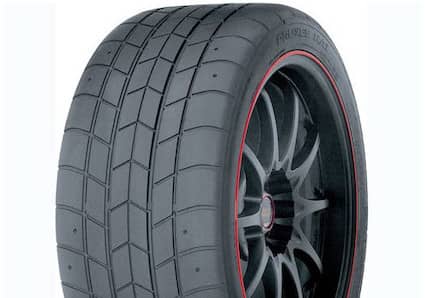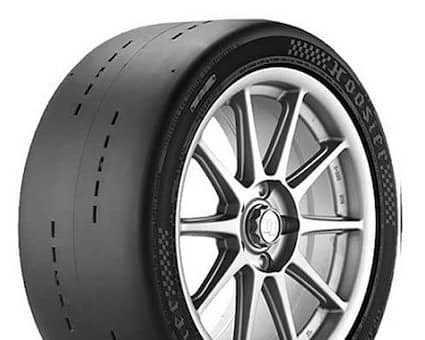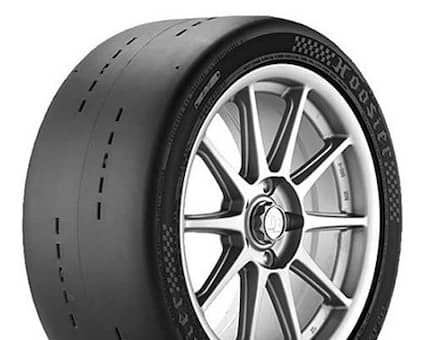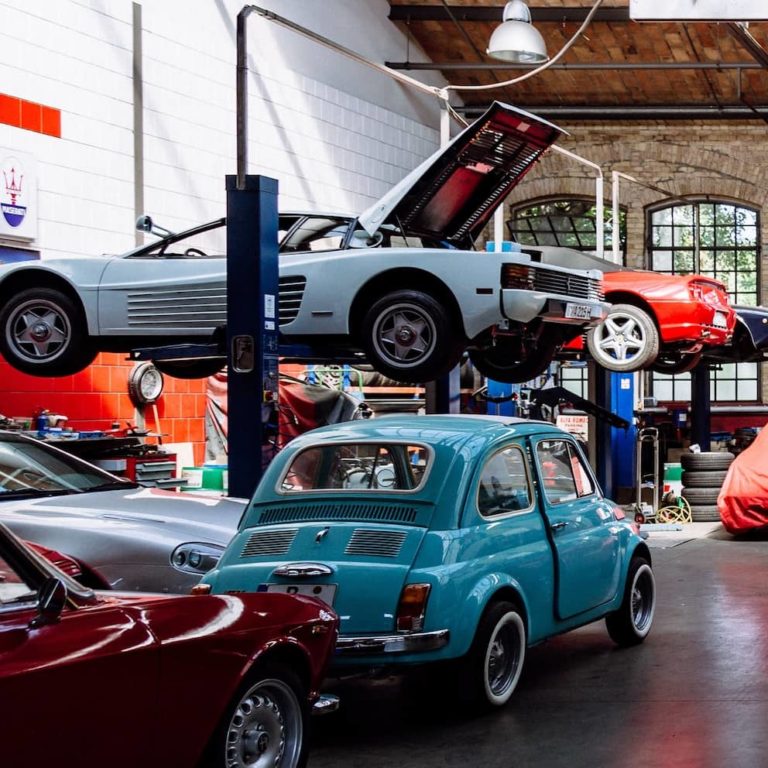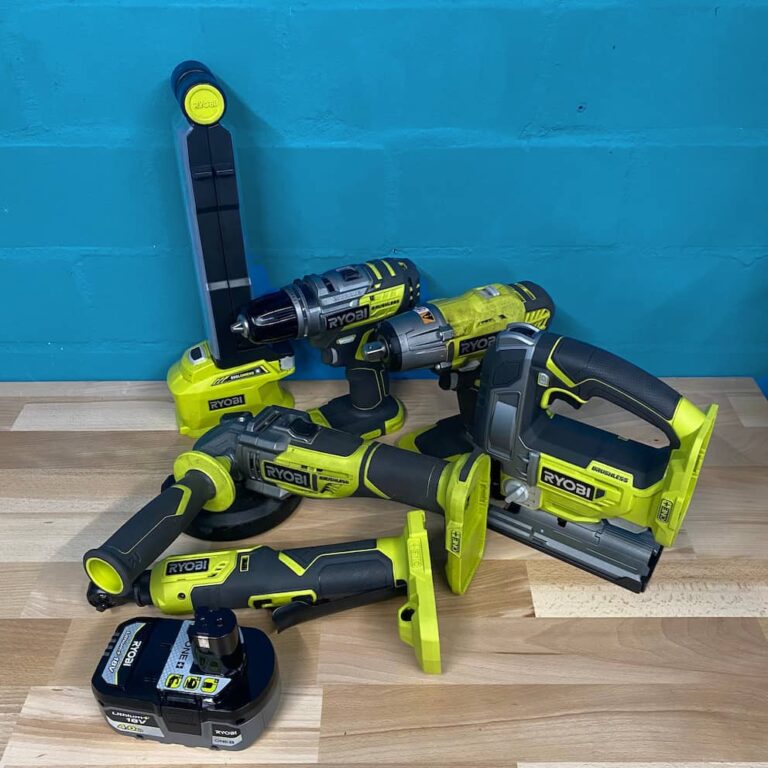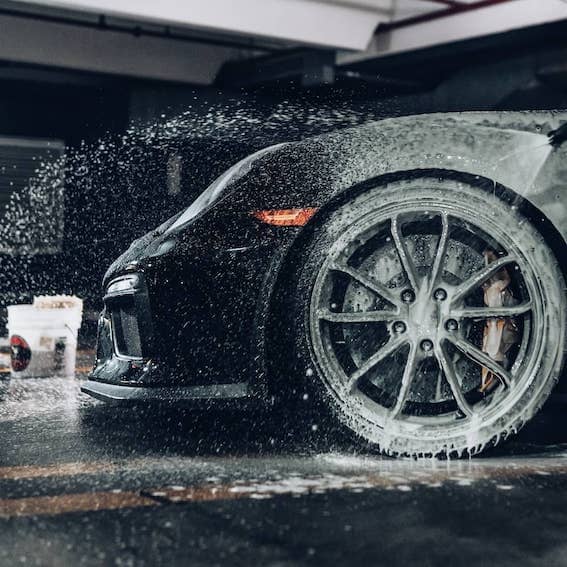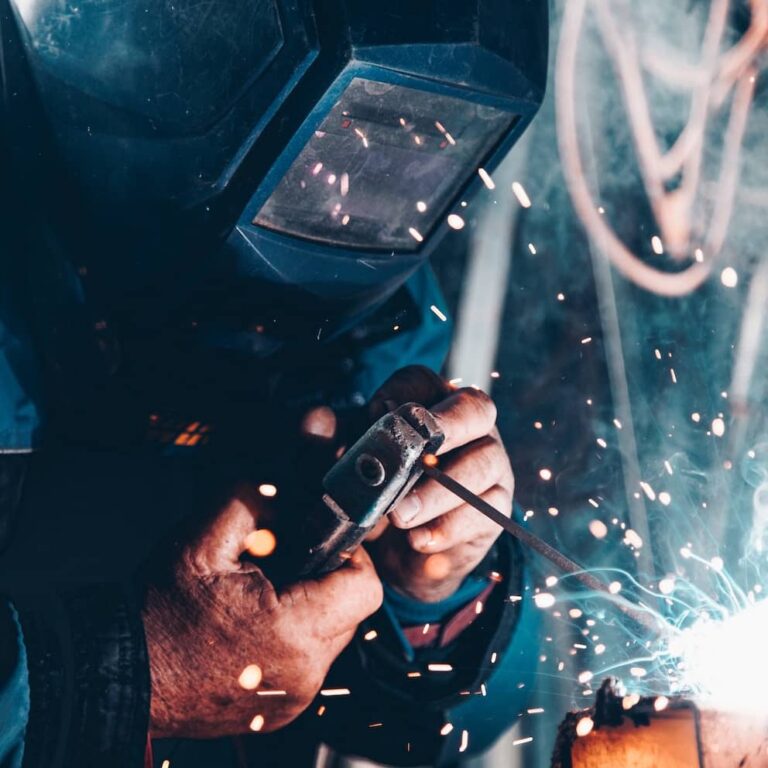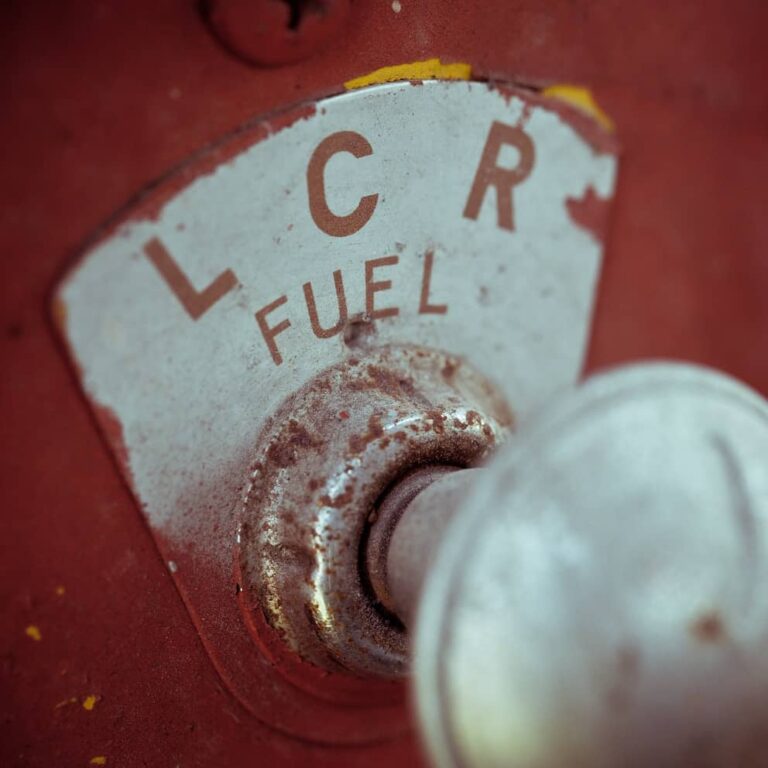Best tires for the street, track + autocross
Mads van Appeldoorn
July 22, 2022
As Amazon Associate I earn from qualifying purchases. I may receive a small commission at no additional cost to you for purchases made through links in this post.
Streetable racing tire performance
Streetable racing is a unique form of motorsports that combines the thrill of competition with the practicality of street driving. This type of racing requires a specific set of skills and equipment, including high-performance tires that are both durable and capable of providing maximum traction in a variety of conditions. Three popular brands that produce streetable racing tires are Toyo, Hoosier, and Pirelli.
One of the key characteristics of streetable racing tires is their ability to provide a high level of grip and handling. This is achieved through the use of specialized compounds and tread patterns that are optimized for performance driving.
I tested three different brands extensively. I would like to emphasize that I bought all the tires myself and that this is not a sponsorship. Toyo’s Proxes line of tires, features a high-grip compound and directional tread pattern that provides maximum traction in dry conditions. This makes it an excellent choice for drivers who participate in track days and autocross events. Pirelli is the second brand, well-known in the world of motorsports, and they produce a range of high-performance tires that are suitable for streetable racing. Their P Zero line of tires features a specialized compound that provides excellent grip and handling, even in wet conditions. This makes it an excellent choice for drivers who need a tire that can perform well in a variety of conditions. Hoosier, the third brand, produces high-performance tires designed specifically for competition use. Their line of slick and drag radial tires are not street-legal, but they also produce a range of DOT-approved tires, including the Hoosier A7. This tire features a relatively soft compound that provides maximum grip in dry conditions, making it an excellent choice for autocross and track day enthusiasts. I’ll get to that later. In addition to providing maximum grip and handling, streetable racing tires also need to be durable enough to withstand the rigors of high-performance driving. This means they need to be able to handle high speeds, sharp turns, and other stresses that are common in racing. To achieve this level of durability, many manufacturers use specialized construction techniques and materials, such as Kevlar reinforcement and heat-resistant compounds.
When talking about tires here, I talk about 205/50/15 tires on my lightweight 911 race car on 7×15 Fuchs all around.
My Top 3 – Streetable racing tires
Without a doubt, the Toyo RA1 being the king and when shaved, they are almost equal to a full race DOT tire. So if you want something that’s faster than a street tire, get the Toyo RA1, my absolute favourite. My last set was going strong at 55 heat cycles until I flat-spotted them under braking. The only problem is that the Toyo RA1’s get better as they wear, but then the street capabilities (especially wet) are compromised. Even though, that is the only tire I used on my car for a number of cycles and I drive to/from the track as well as around town at least twice a week. They aren’t really heat cycle sensitive and you can drive them to the cords. If you are in a class were the tires are scored I am suspecting the Toyo R1R might be equal to the Toyo RA1 when shaved but would be scored like the street class race tire. On a second set I had the Toyo R8R also known as R888. Some say they are noisier, can’t confirm that. They are a nice dry weather tire but not as good when wet. Fourth set, not on Fuchs but on phone dials, the Pirelli P Zero Trofeo R. A good tire as well, but not as good as the different Toyos and the same disadvantage as the R8R. If you live in an area that never gets wet, it might not make a difference. But if there is dew in the morning sometimes or it can rain every now and then and you use these tires on your daily, I would rather play it safe and take the Toyo RA1 or R1R.
Overall, streetable racing tires play a crucial role in the performance and safety of any high-performance vehicle. Whether you choose Toyo, Hoosier, or Pirelli, it’s important to select a tire that is specifically designed for your driving needs and style. By choosing the right tire, you can maximize your vehicle’s performance and enjoy the thrill of competition while still maintaining practicality and drivability on public roads.
Difference between streetable racing tires and full racing tires
I have also driven a number of full racing tires and I’d like to share my experiences too. First of all, let’s see what are the main differences. Of course, racing tires and streetable racing tires are designed for different purposes and have several key differences. Here are some of the main ones:
1. Thread pattern
Streetable racing tires have a more aggressive tread pattern with deeper grooves to improve wet-weather traction and reduce hydroplaning, whereas full racing tires typically have a slick or semi-slick tread pattern with minimal grooves.
2. Rubber compound
Streetable racing tires, on the other hand, use a slightly harder rubber compound that provides good grip on the street while still offering high levels of performance. Racing tires are made of a very soft rubber compound that provides maximum grip on the track but wears out quickly on the street.
3. Durability
Streetable racing tires are designed to last longer and withstand more wear and tear from everyday use, whereas racing tires are designed to provide maximum performance for a limited number of laps, that’s it.
4. Temperature range
Streetable racing tires are designed to operate over a wider temperature range, making them more suitable for everyday use. Racing tires are designed to operate at high temperatures, so they are not as effective in colder weather.
5. Noise
Streetable racing tires have a more traditional tread pattern that reduces noise and makes them comfortable to drive on. Racing tires can be very loud on the street due to their slick or semi-slick tread pattern.
Overall, while both types of tires are designed for high-performance driving, streetable racing tires offer a compromise between performance and everyday usability, making them a popular choice for enthusiasts who want to enjoy their cars both on and off the track. On the other hand, racing tires are optimized for track use and offer maximum grip and performance at the expense of durability and comfort on the street.
My Top 3 – Full racing tires
1. Hoosier A7 Autocross Race Tire
2. Hoosier R7 DE Time Trial Race Tire
The best full race tires are by far Hoosier racing tires, the Hoosier A7 for Autocross and the Hoosier R7 for DE time trials and road racing. If you want the fastest possible tire, get the Hoosier R7 but keep in mind, they won’t be fast for more than 10 heat cycles. The Hoosier A7 uses a softer compound for maximum grip. Means it comes up to temp more quickly and reaches an optimal grip between 120 and 140 degrees F. I prefer the Hoosier A7 over the Hoosier R7, I got 40 heat cycles out of my last set of Hoosier A7 until they corded. But I have a light car with very very good tire wear. But well, by the time a Hoosier A7 gets to 20 heat cycles, it will be slower than a streetable racing tire, let’s say a Toyo RA1 which I really love. The Toyo RR full racing tire was good as well, they have tremendous grip. It has been pretty much improved over the previous generation but the Hoosier is still a little bit better. The Toyo RR is very forgiving in terms of tire slide or snap oversteer. Tire pressures are more like Hoosiers, seems to respond better to higher pressures. Most likely due to the more Hoosier-like tire design.
Tip:
If you don’t have a very aggressive suspension setup, be prepared to flip the tires on the rims. I mean flip, not rotate the wheels but pull off the tire and flip it to get more life as you’ll likely wear the outer edge a lot more quickly than the inside.
